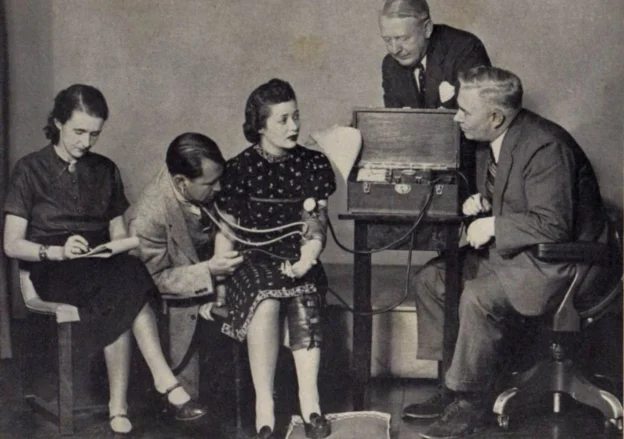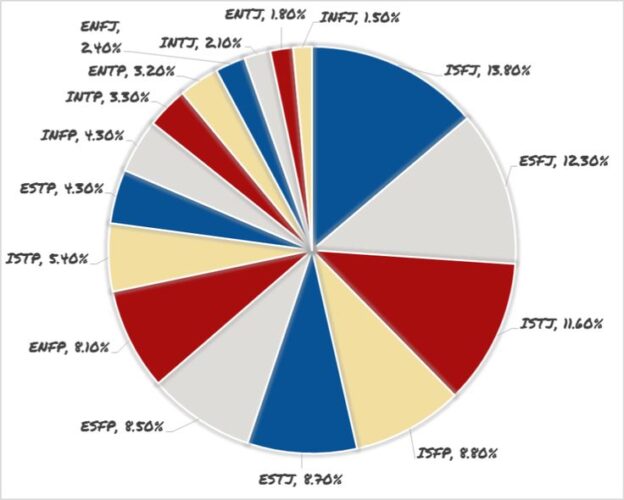Schrems II is a significant ruling by the Court of Justice of the European Union (CJEU) that has far-reaching implications for transatlantic data transfers. Here’s a detailed analysis of the ruling along with its ramifications and a checklist for adopting the measures necessitated by Schrems II.
Continue readingTag Archives: research

Navigating Leadership Evolution: A Simplified Transition Model from Startup to Scale-Up
Transitioning from startup to scale-up requires leaders to shift from hands-on roles to more strategic positions. This discussion examines the approach recommended in the article “How to move from a startup founder to a scale-up founder” by Colin Hewitt, and looks to analyse the article, the approach, make recommendations for improvement by simplifying the initial five-role model into a three-role framework – Executive, Manager, and Executor, aiming to ease this transition. By offering visual representation, real-world examples, personalized assessments, and mentorship, we aim to provide a clear, value-added pathway for leaders evolving alongside their growing organizations.
Continue reading
Comparative Analysis of Personality Frameworks: MBTI, Business Chemistry, DISC, and Gallup Strengths
Provides a mapping across the Myers-Briggs Type Indicator (MBTI), Deloitte’s Business Chemistry, DISC, and Gallup Strengths frameworks, illustrating potential intersections among different personality typologies. By dissecting each MBTI personality type based on four dichotomies (Extraversion/Introversion, Sensing/Intuition, Thinking/Feeling, and Judging/Perceiving), the table attempts to map them to corresponding categories in Business Chemistry, DISC, and Gallup Strengths.
Continue reading
Overview of Myers-Briggs Type Indicator (MBTI)
The Myers-Briggs Type Indicator (MBTI) is a widely used personality assessment tool based on Carl Jung’s theory of psychological types. Developed by Katharine Cook Briggs and her daughter, Isabel Briggs Myers, the MBTI classifies individuals into one of 16 personality types based on four dichotomies:
Continue reading
“Desiderata” by Max Ehhrman
Max Ehrmann (1872-1945) was an American writer, best known for his prose poem “Desiderata” (1927). Born in Terre Haute, Indiana, he pursued a career in law before turning to writing. While Ehrmann wrote many works, it’s “Desiderata,” with its wise and calming advice, gained posthumous fame in the 1960s and remains popular today. Its message promotes peace, love, and understanding, emphasizing personal contentment and the intrinsic value of every individual. Ehrmann’s other works, though lesser-known, also reflect his philosophical and spiritual contemplations.
Continue reading
Critical Analysis of Deloitte’s Business Chemistry model
Deloitte’s Business Chemistry is a relatively newer player in the field of personality assessments, designed specifically for the workplace. It seeks to categorize individuals into one of four main types: Pioneers, Drivers, Integrators, and Guardians. While it has found a place in corporate settings and has its proponents, like all models, it’s essential to scrutinize its strengths and limitations critically.
Continue reading
Critical Analysis of the DISC Personality Types model
The DISC personality assessment is a popular tool used in organizational settings and personal development contexts. Based on a model proposed by William Marston in the 1920s, the DISC assessment categorizes individuals into four main personality types: Dominance (D), Influence (I), Steadiness (S), and Conscientiousness (C). Like many personality assessments, DISC has its proponents and critics. Let’s delve into a critical analysis.
Continue reading
Critical Analysis of The Myers-Briggs Type Indicator (MBTI)
The Myers-Briggs Type Indicator (MBTI) is one of the most widely used personality assessments in the world. Developed by Katharine Cook Briggs and her daughter Isabel Briggs Myers in the early to mid-20th century, it classifies people into 16 personality types based on four dichotomies. Despite its popularity, the MBTI has been the subject of considerable criticism. Let’s explore both the critiques and counterarguments.
Continue readingHistory of Deloitte’s Business Chemistry personality types model
Deloitte’s Business Chemistry personality types model was developed to provide insights into workplace behaviors and preferences. The intent was to facilitate better teamwork, communication, and collaboration among individuals and teams. Here’s a brief history and overview.
Continue reading
Comparing Deloitte’s Business Chemistry and the DISC Personality Type model
Deloitte’s Business Chemistry and the DISC model are both frameworks designed to help understand and categorize human behaviour, especially in a professional context. While both tools have unique approaches, one can draw tentative parallels between their types.
Continue reading
Comparing Deloitte’s Business Chemistry and the Myers-Briggs Type Indicator (MBTI)
Deloitte’s Business Chemistry and the Myers-Briggs Type Indicator (MBTI) are both tools used to understand personality types and preferences. While they are fundamentally different in their approaches and categorizations, some parallels can be drawn between them. Here’s a basic comparison.
Continue reading
Overview of the DISC Personality Types Model
The DISC model is a behavioral assessment tool designed to measure four primary personality traits: Dominance, Influence, Steadiness, and Compliance. These traits represent the ways people tend to approach problems, relate to others, deal with the pace of their environment, and navigate rules and procedures. By understanding one’s DISC profile, individuals can gain insights into their behavioral strengths and preferences, improving communication, teamwork, and personal development.
Continue reading
History of the DISC Personality Type Model
The DISC model is a behavioural assessment tool based on the work of Dr. William Marston, an American psychologist who aimed to understand people’s emotional responses. The history of the DISC model can be traced back to the early 20th century.
Continue reading
Distribution of the Myers-Briggs Type Indicator (MBTI) personality types
The distribution of the 16 Myers-Briggs Type Indicator (MBTI) personality types varies across different populations and samples. It’s important to note that these percentages can change depending on the population being surveyed (e.g., students, professionals, general public) and cultural factors (e.g., Western vs. Eastern cultures).
Continue reading
Overview of Myers-Briggs Type Indicator (MBTI)
The Myers-Briggs Type Indicator (MBTI) is a widely used personality assessment tool based on Carl Jung’s theory of psychological types. Developed by Katharine Cook Briggs and her daughter, Isabel Briggs Myers, the MBTI classifies individuals into one of 16 personality types based on four dichotomies.
Continue reading
History of Myers Briggs
The history of the Myers-Briggs Type Indicator (MBTI) is deeply rooted in the pursuit of understanding human personality. The journey of MBTI’s development stretches over several decades, involving rigorous research, personal passion, and continuous refinement.
Continue reading
“Disciplined Entrepreneurship: 24 Steps to a Successful Startup” by Bill Aulet
Bill Aulet is an accomplished entrepreneur, educator, and author. Here’s a brief overview of his background along with a synopsis of his acclaimed work “Disciplined Entrepreneurship: 24 Steps to a Successful Startup”.
Continue reading
Deloitte’s Business Chemistry: A Definitive Exploration
In an era where the human factor remains crucial for business success, understanding and managing diverse personalities within teams has become paramount. Enter Deloitte’s Business Chemistry: a tool designed to decode the complexities of interpersonal dynamics within a corporate environment.
Continue reading
Synopsis and Critical Analysis of “Positive Intelligence” by Shirzad Chamine
Positive Intelligence” by Shirzad Chamine provides insights into how individuals can harness the power of their mind to achieve success, happiness, and their true potential. Here’s a synopsis of the book, followed by a critical analysis, with consideration for the neurodiverse, specifically Asperger’s Syndrome.
Continue reading